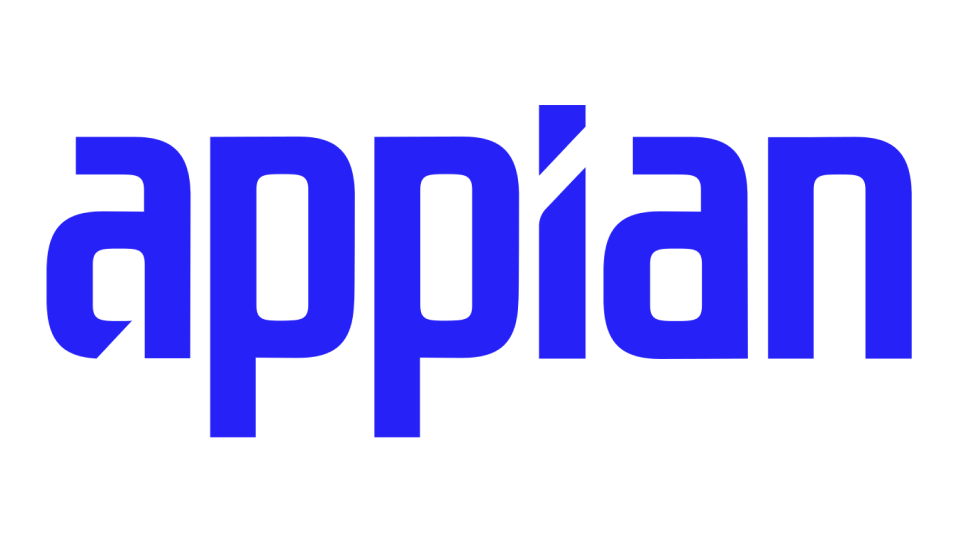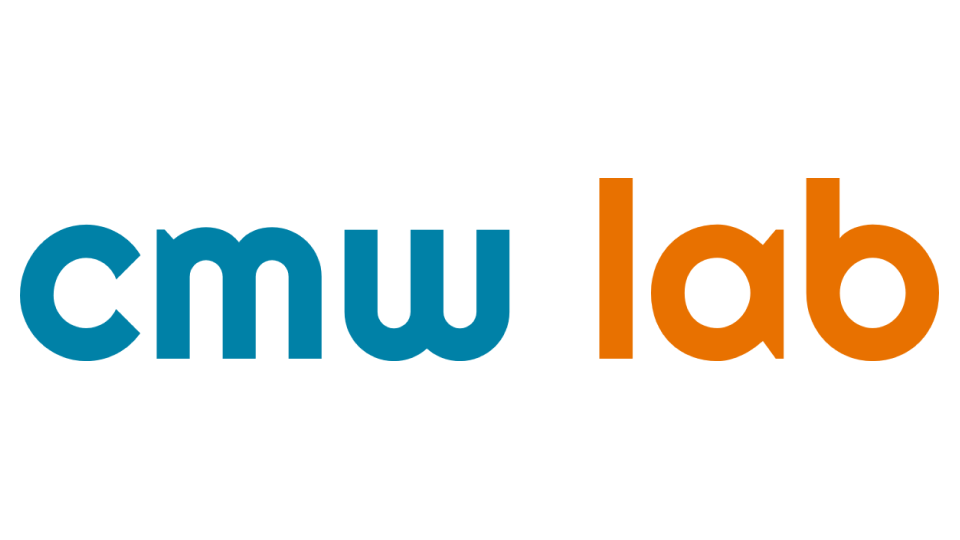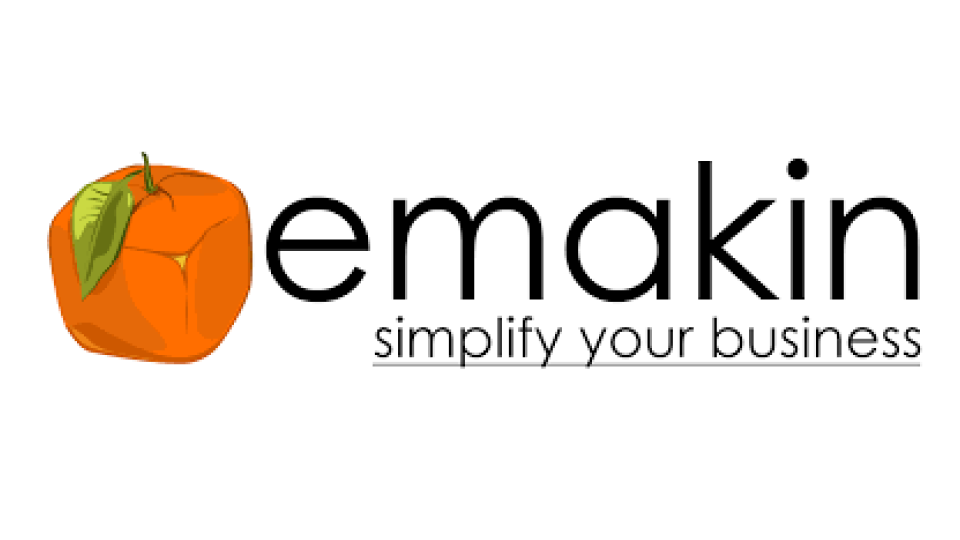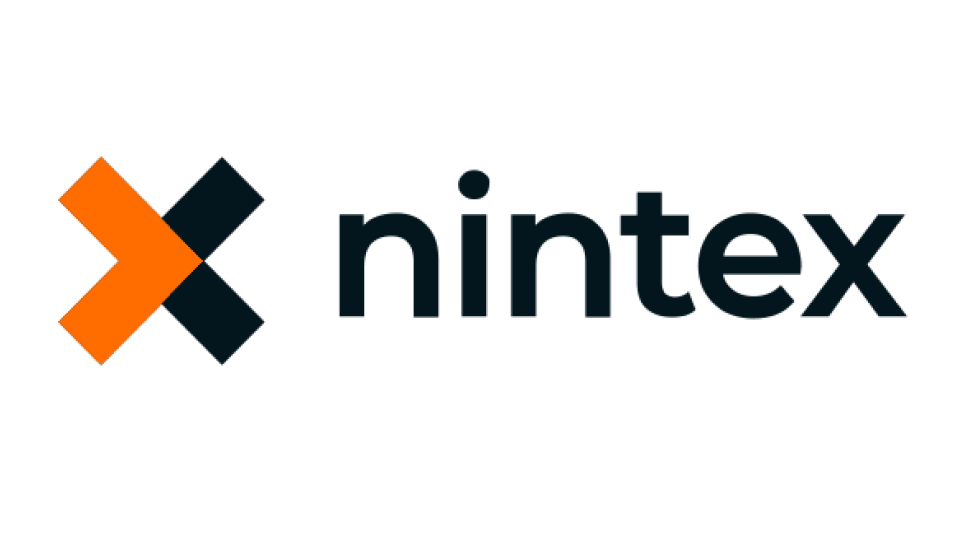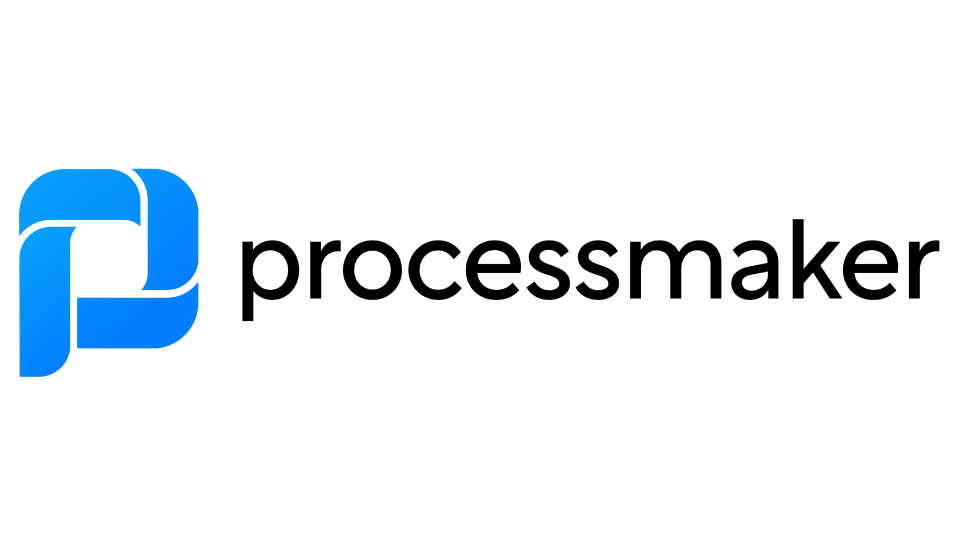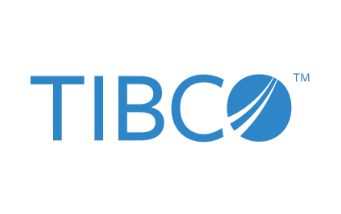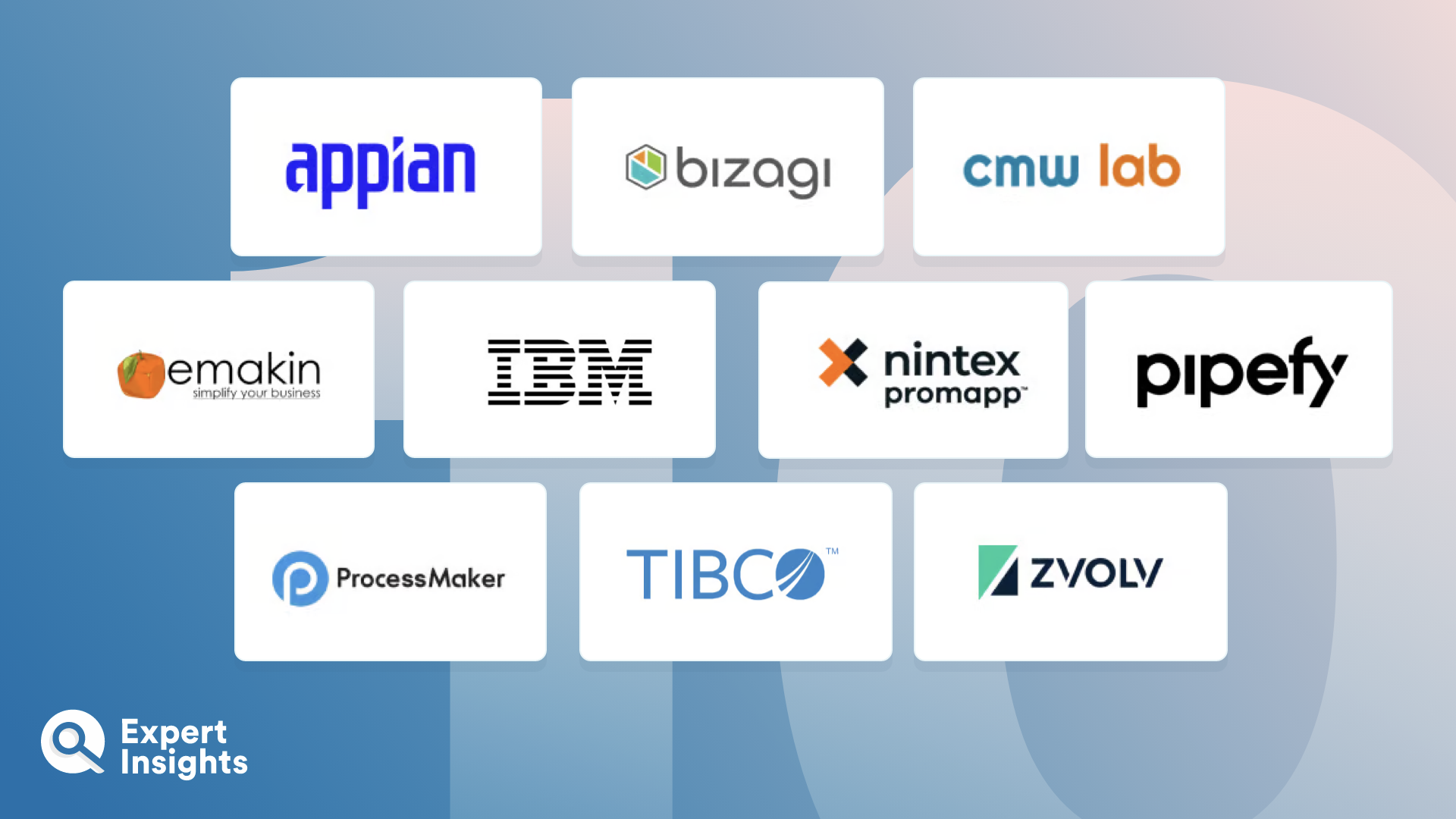FAQs
How Do Business Process Management (BPM) Tools Work?
Business process management (BPM) tools allow you to monitor and implement changes to your routine business and decision-making processes. This is achieved through gathering data from across your network, then conducting analysis and assessing the information to inform future decisions.
Some of this analysis can include situational modelling to understand how a process might work, given a particular set of circumstances. The intelligence gathered from this analysis can allow you to alter business practices and improve overall performance.
Some BP solutions also offer workflow builders, which enable you to create and test new workflows for ongoing, repetitive tasks, then evaluate and optimize those workflows before setting the solution to run them automatically. This helps boost operational efficiency, while saving business resources.
What Are The Different Types Of Business Process Management Platforms?
There are three variations of business process management solutions, each designed to solve a different enterprise need. These different types of solution can streamline business processes, improve application management, transition processes to digital, and exploit business opportunities.
Basic BPM Platforms – The most straightforward class of BPM platforms allows you to manage and maintain business process models. They offer tools to help deploy new processes and monitor existing ones.
BPM Suites (BPMSs) – BPM suites build on these basic capabilities by automating workflows. They have intuitive, drag-and-drop process building tools, process modelling capabilities, accurate reporting tools, and granular configuration options.
Intelligent BPM Suites (iBPMSs) – This type of solution incorporates artificial intelligence to improve the efficiency and accuracy of a BPM solution. AI allows for more advanced and complex decision making and processes automation, whilst reducing the risk of human error.
BPM solutions can also be optimized to manage three different entities or processes: human-centric, documentation-centric, or integration-based.
- Document-centric BPM solutions use contracts or legal agreements as the heart of their process. This type of solution would streamline the approval process to have document-based outcomes.
- Human-centric BPM solutions are often rule-based, allowing them to make decisions regarding processes that will lead to different pathways and workflows.
- Integration-centric BPM are occupied with the transfer of data and information – they are often used in automation as they can decrease the chance of human error and increase speed of execution.
What To Look For In A BPM Solution
There can be a seemingly overwhelming range of features and capabilities when it comes to BPM solutions. The exact feature set that you require will differ depending on your organization and your specific use cases. That said, the following features are worth looking out for and keeping in mind when considering a solution, however you intend to use it.
- Cloud-based to ensure flexible and scalable access
- Low-code deployment to reduce administrative workload
- Simulation testing to ensure design work is accurate
- Ability to implement robotic process automation (RPA), AI, and data management tools
- Flexible API deployment
- Collaboration and communication features
- Advanced and intelligent data analysis



